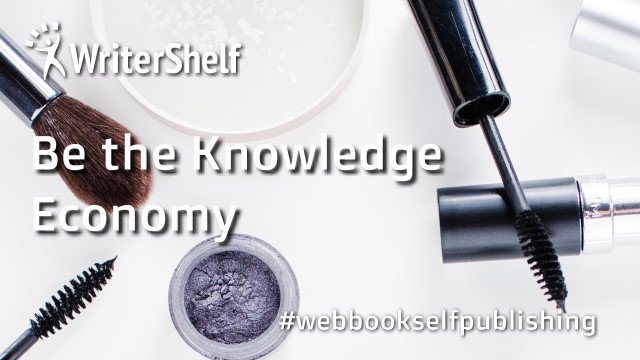What is Supply Chain Optimization
64
0
·
2023/08/19
·
2 mins read
☕
WriterShelf™ is a unique multiple pen name blogging and forum platform. Protect relationships and your privacy. Take your writing in new directions. ** Join WriterShelf**
WriterShelf™ is an open writing platform. The views, information and opinions in this article are those of the author.
Article info
Categories:
⟩
⟩
Tags:
Total: 498 words
Like
or Dislike
More from this author
More to explore








Supply chain optimization is the methodical and strategic coordination of the business functions within a company to improve the efficiency and effectiveness of its supply chain operations. In essence, it's about getting the right goods to the right place at the right time, in the right quantities, and at the optimal cost. Here's a more detailed breakdown of what supply chain optimization involves:
1. Understanding the Supply Chain:
The supply chain consists of all stages involved in fulfilling a customer request, from the supplier and manufacturer to the wholesaler, retailer, and customer. It includes various entities, processes, information, resources, and functions that serve to move a product from creation to consumption.
2. Goals of Supply Chain Optimization:
The primary objectives include reducing costs, increasing efficiency, enhancing customer service, improving collaboration among stakeholders, minimizing delays, and creating flexibility to respond to market changes.
3. Key Components:
4. Methods and Techniques:
5. Challenges:
6. Impact and Benefits:
7. Future Trends:
Artificial Intelligence, Machine Learning, the Internet of Things (IoT), and Blockchain are likely to play an increasing role in automating and enhancing various aspects of supply chain optimization.
In conclusion, supply chain optimization is a multifaceted and dynamic field that leverages various methodologies, tools, and strategies to streamline and enhance the flow of goods and information from suppliers to consumers. It's a continuous process, constantly adapting to changes in the market and technological advancements, and is vital for organizations aiming to stay competitive in today's global marketplace.